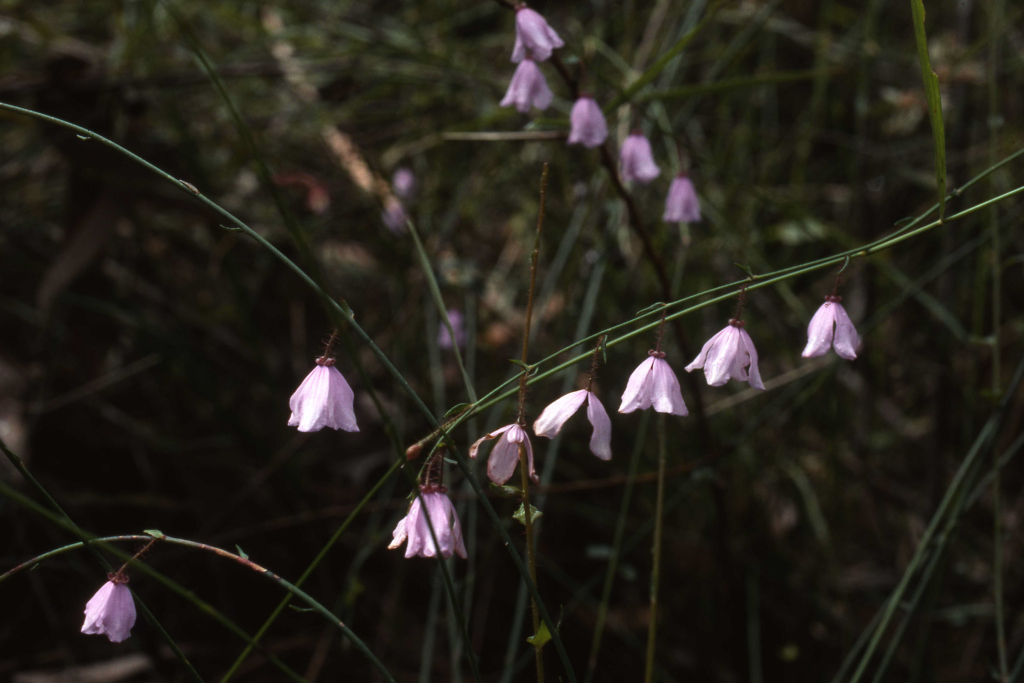Tetratheca stenocarpa
Long Pink-bellsVictorian Naturalist 73: 197 (1957)
Taxonomic status
Accepted
Occurrence status
Present
–
endemic
Origin
Native
Degree of establishment
Native
Threat status
FFG:
Endangered (EN)

